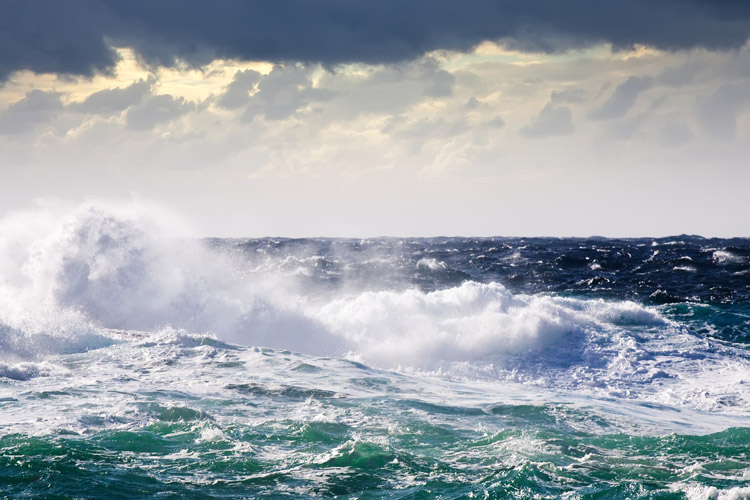A wind gust is a sudden, abrupt, and brief increase in the speed and direction of the wind. The phenomenon is immediately followed by a lull.
Wind gusts have a duration of less than 20 seconds and are often caused by turbulence due to friction, wind shear, or solar heating of the ground.
They are considered gusts when the difference between the slowest and fastest wind speeds is 8.6 knots (10 mph, 16km/h).
In the case of friction, a gust is generated when the wind blows around natural obstacles like trees and mountains, tall buildings, tunnels, or other man-made barriers.
Changes in wind speed and direction over a short distance - wind shear - can also cause wind gusts, for example, above water.
Finally, on hot weather days, when the ground is heated, and warm air rises, the cooler air above descends and causes wind gusts.
The strongest burst of wind ever recorded took place in Barrow Island, Australia, when on April 10, 1996, Tropical Cyclone Olivia produced a gust of 219.8 knots (253 mph, 407.1 km/h).
However, the most powerful wind gusts are created by nuclear explosions. The largest nuclear detonation of all time - the Tsar Bomba - generated a wind gust of 2,693.8 knots (3,100 mph, 4,989 km/h).
Wind gusts can be particularly destructive and are never good for windsurfing, kiteboarding, and sailing in general. High-end anemometers can measure short bursts of high-speed wind.
Do you know how wind is formed? Learn a few secrets about the wind.
